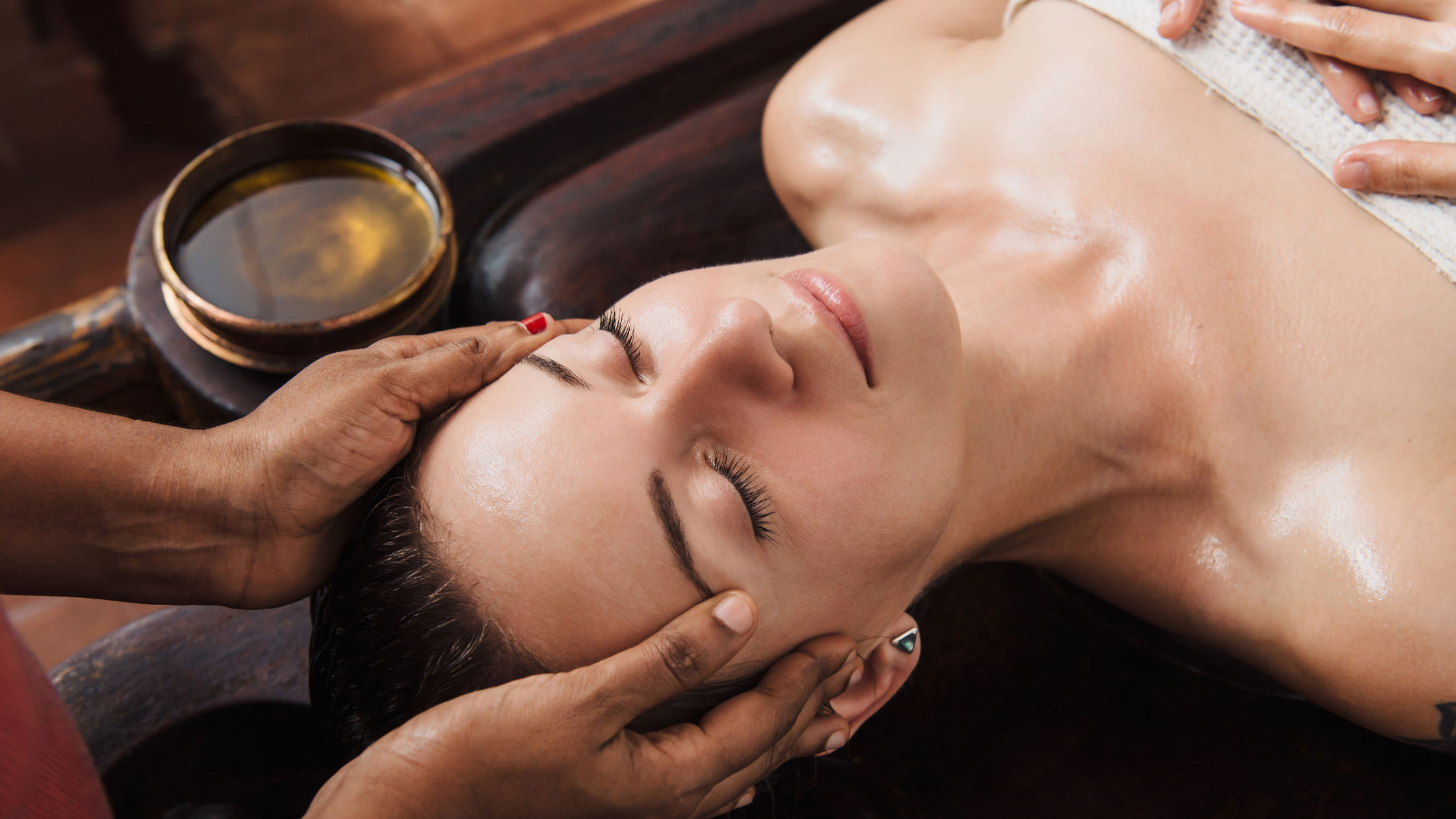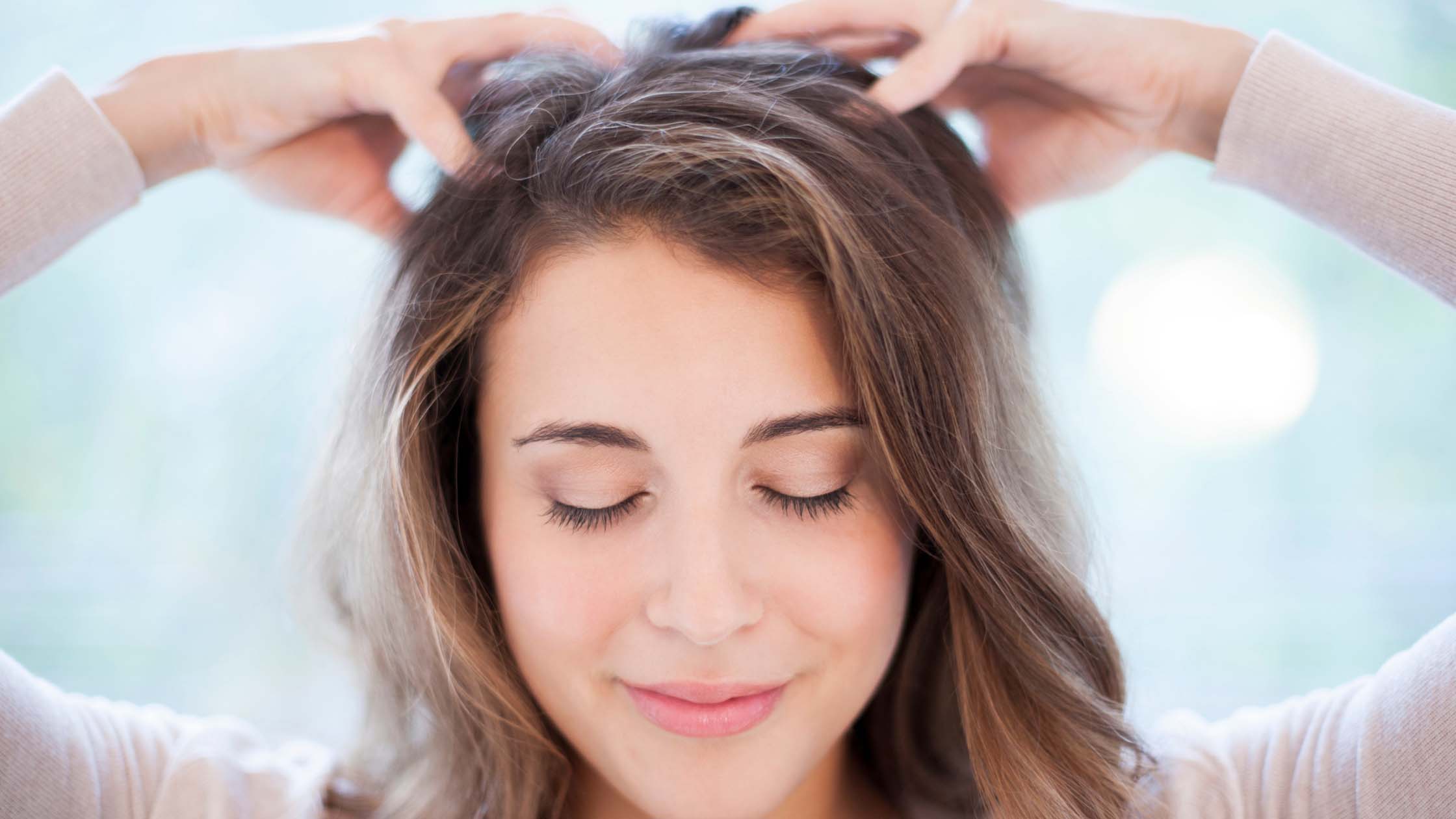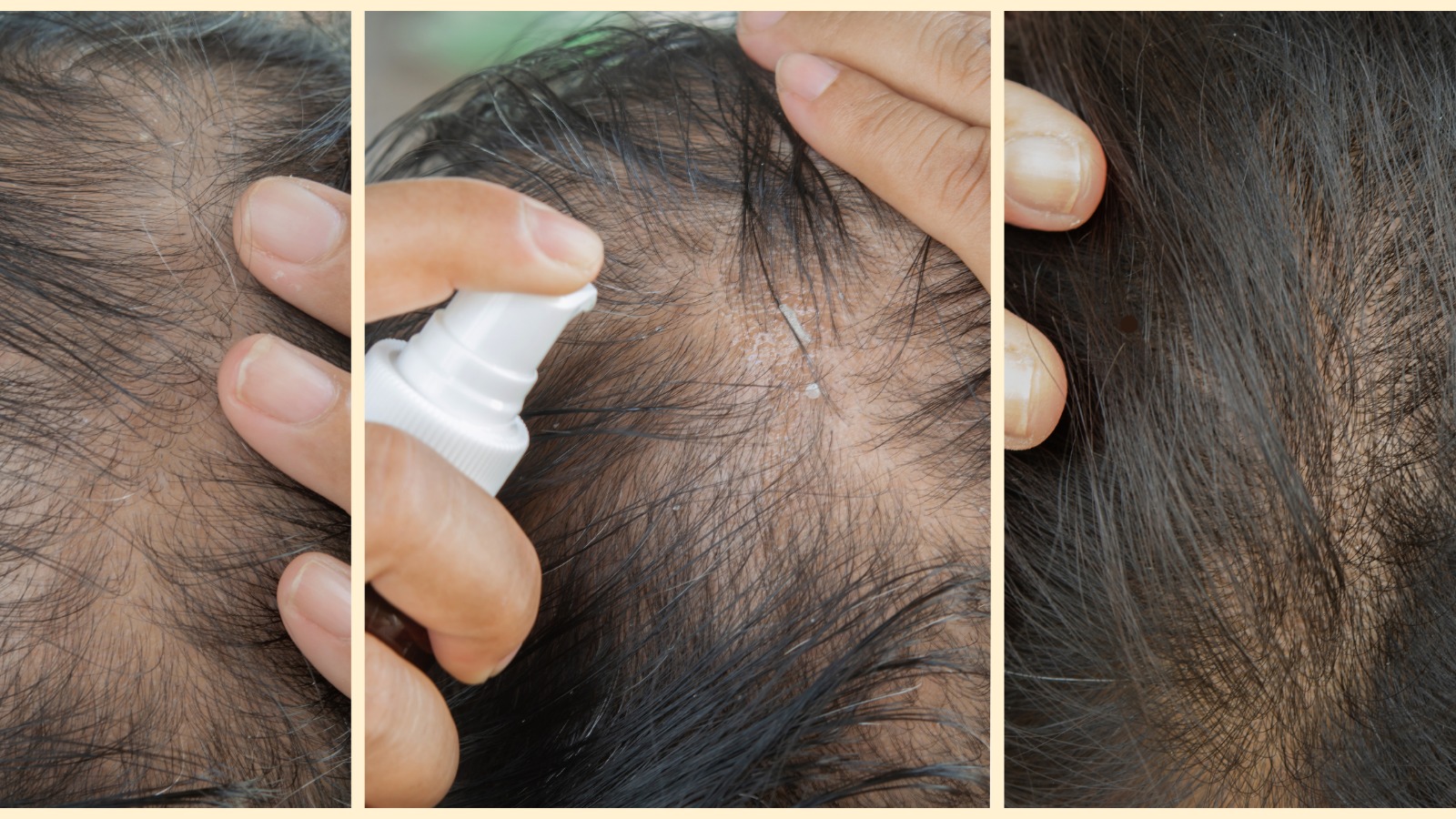
The Secret Power of Beauty Sleep for Your Inner Glow
Introduction: In our fast-paced lives, finding time for self-care can be challenging. Yet, one of the most effective and effortless ways to enhance your natural

In a world inundated with an overwhelming number of skincare products, the timeless wisdom of Ayurveda offers a holistic approach to achieving radiant and healthy skin. Ayurveda, the ancient Indian system of natural healing, emphasizes the balance of the body, mind, and spirit. When it comes to skincare, Ayurveda focuses on nurturing the skin from the inside out. In this blog, we will explore a step-by-step Ayurvedic skincare routine that can help you achieve glowing and rejuvenated skin.

In Ayurveda, individuals are classified into three doshas: Vata, Pitta, and Kapha. Knowing your dosha helps you select the right skincare products and routines that align with your body’s unique constitution. Here’s a brief overview of each dosha:
– Vata: Dry and sensitive skin prone to fine lines and wrinkles.
– Pitta: Sensitive, combination, or oily skin prone to redness and inflammation.
– Kapha: Oily and acne-prone skin with larger pores.
Understanding your dosha will guide you in selecting the most suitable ingredients and routines for your skin type.

– Vata Skin: Use a gentle, hydrating cleanser with natural oils like almond or sesame.
– Pitta Skin: Opt for a mild, cooling cleanser with ingredients like cucumber or aloe vera.
– Kapha Skin: Use a clarifying cleanser with ingredients like neem or tea tree oil.
Regardless of your dosha, avoid hot water when cleansing, as it can exacerbate skin issues. Instead, use lukewarm or cool water.

– Vata Skin: Choose a gentle exfoliant with finely ground oats or rice.
– Pitta Skin: Go for an exfoliator with cooling ingredients like mint or rose.
– Kapha Skin: Opt for an exfoliant that contains natural astringents like lemon or honey.
Exfoliation helps remove dead skin cells, promoting a fresh and youthful complexion. Be gentle, and avoid over-exfoliating.

– Vata Skin: Use a hydrating and soothing toner with rose water or chamomile.
– Pitta Skin: Opt for a calming and cooling toner with cucumber or mint extracts.
– Kapha Skin: Choose an astringent and purifying toner with witch hazel or basil.
Toning helps balance your skin’s pH levels and prepares it for the next steps.

– Vata Skin: Use a rich, nourishing moisturizer with ingredients like almond oil or avocado.
– Pitta Skin: Opt for a lightweight, hydrating moisturizer with aloe vera or coconut oil.
– Kapha Skin: Choose a non-comedogenic moisturizer with neem or tea tree oil.
Moisturizing locks in hydration and creates a protective barrier on your skin.
Regardless of your dosha, apply a broad-spectrum sunscreen with at least SPF 30 daily to protect your skin from UV damage.
Before bedtime, follow these additional steps:
– Vata Skin: Apply a nourishing night cream with ingredients like shea butter or jojoba oil.
– Pitta Skin: Use a calming night serum containing ingredients like sandalwood or lavender.
– Kapha Skin: Apply a lightweight, oil-free night gel with ingredients like aloe vera or basil.

Ayurvedic skincare is not just about external treatments; it also considers your overall health. Maintain a balanced diet, stay hydrated, and practice stress-reduction techniques like yoga and meditation. Avoid excessive consumption of caffeine, alcohol, and processed foods, as they can disrupt your skin’s natural balance.
By embracing the principles of Ayurveda in your skincare routine, you can achieve healthier and more radiant skin. Remember that consistency is key, and it may take time to see significant improvements. Listen to your skin, adjust your routine as needed, and consult with an Ayurvedic practitioner for personalized guidance on your skincare journey. Ultimately, an Ayurvedic skincare routine promotes not only outer beauty but also inner harmony and well-being.

Introduction: In our fast-paced lives, finding time for self-care can be challenging. Yet, one of the most effective and effortless ways to enhance your natural

Introduction: In the pursuit of luscious locks and healthy hair, many of us explore various treatments and remedies. One such method that has garnered significant

Introduction: Your wedding day is one of the most memorable days of your life, and every bride deserves to look and feel her absolute best.

Introduction: Bald spots can be a source of concern for many, impacting self-esteem and confidence. While various factors contribute to hair loss, including genetics, stress,

Introduction: Working out is great for your body and mind, but it can also take a toll on your skin if you don’t follow the